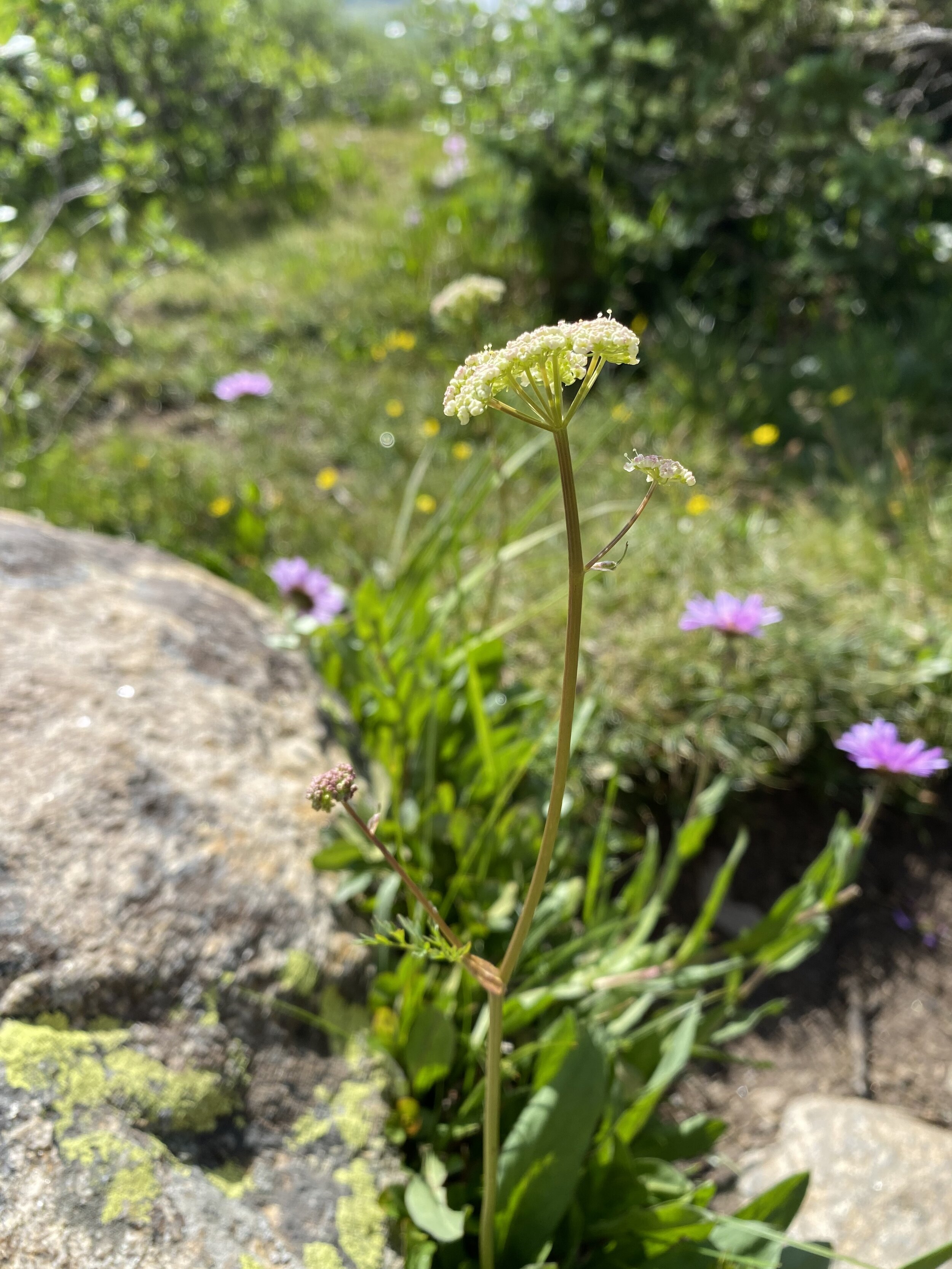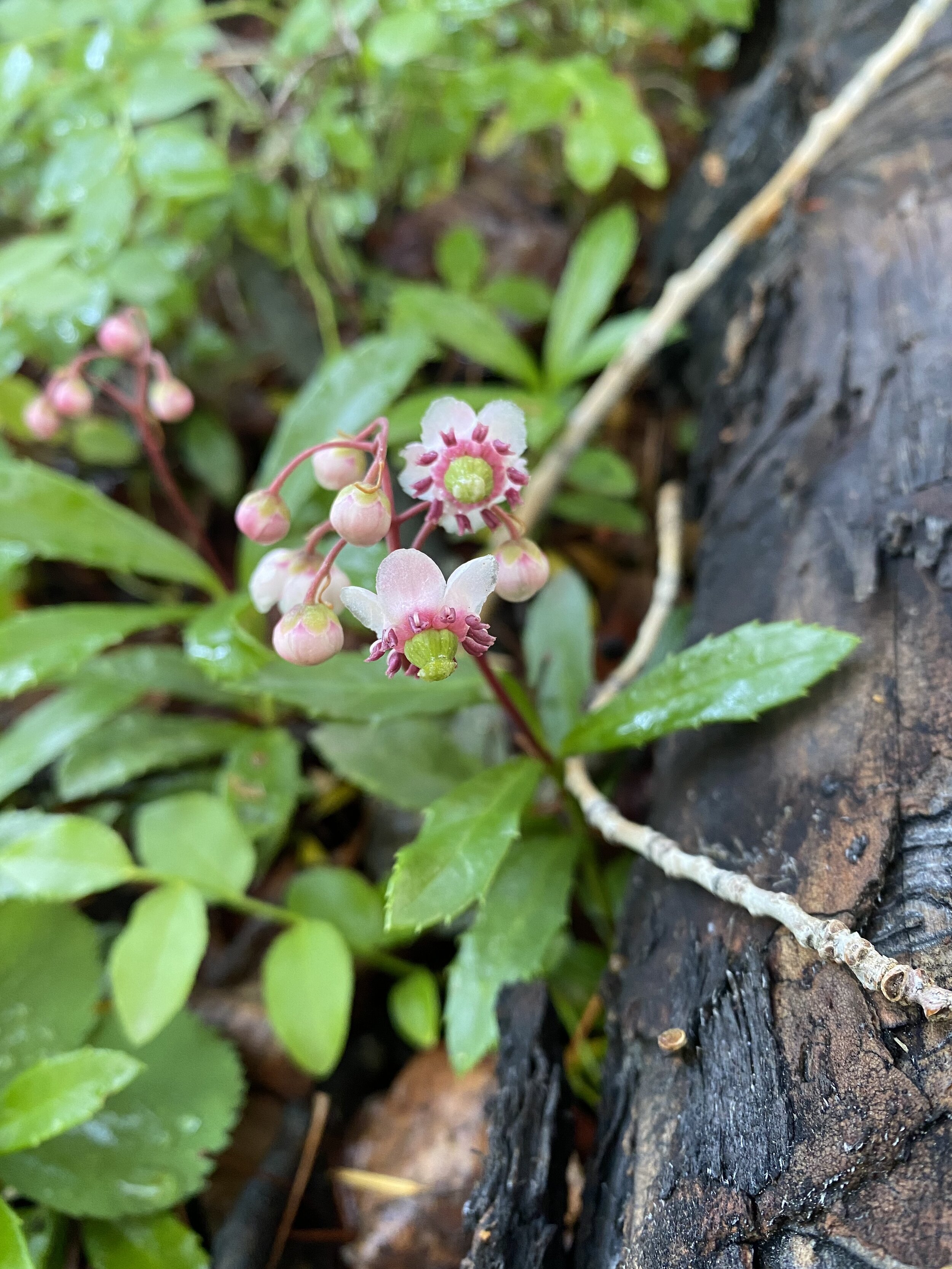Symphyotrichum spathulatum, July 20, 2021
Common & scientific name
Western mountain aster, Symphyotrichum spathulatum
Family
Sunflower, Asteraceae
Location
Lower Lost Man trailhead, 10,500’
Fun, weird, helpful, or little known fact
Can be distinguished from S. foliaceum by its skinnier, pointier phyllaries, and skinner, longer leaves. That being said, this is known to hybridize with S. foliaceum, so if you find something that has characteristics of both, or lies somewhere in between, well, in a sense you’ve found both!
S. spathulatum, Indy ghost town, 10,800’, August 4, 2021
































